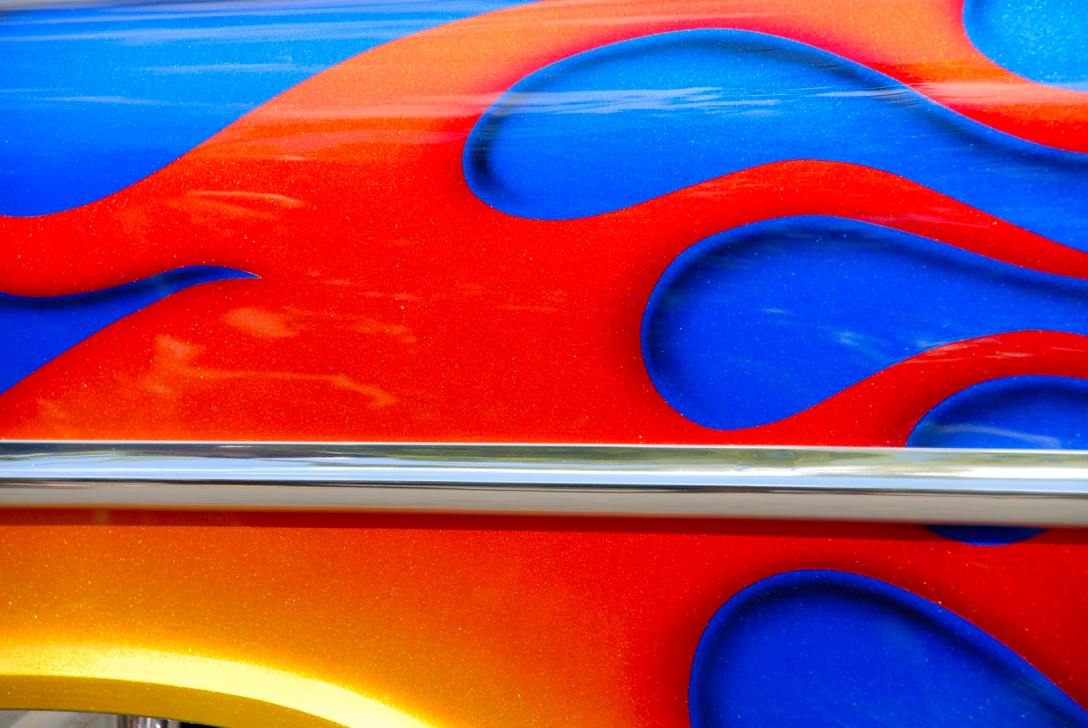“Decal,” a design that can be transferred onto another surface, is short for “decalcomania,” from French décalcomanie (Latin calcare “to tread on, press”). Decalcomania may also be the source of “cockamamie,” meaning “nonsense, implausible,” from the name of a series of children’s temporary tattoos.
Invented around 1750 by French engraver Simon François Ravenet when he lived in England, the process was originally called décalquer, “to copy by tracing.” After it expanded to the US in the mid-1800s, it spurred a craze of applications on vehicles, glass and more by the later end of the century.
Decals are often vinyl peel-and-stick today; another variation involves a screen-printed design on a layer of water-soluble adhesive on water-resistant paper. It is first dipped in water and then applied to the surface—or vice versa in the case of temporary tattoos, which use a similar process.
Speaking of which, King Features Syndicate, Inc. is a company that has produced comic books and strips and other print products since 1914. In the 50s and 60s, they produced a series of children’s temporary tattoos and other decalcomanias featuring characters from their comic strips, including Flash Gordon, The Katzenjammer Kids, and Dagwood Bumstead.
Because the products were intended for children who might have trouble pronouncing “decalcomania,” they were marketed with a deliberate mispronunciation of the word—”Cockamamies.” Since then, “cockamamie” has been used in English slang as a word for anything wacky, strange, unusual, or nonsensical.
This would seem a probable origin of “cockamamie,” except that the use of the nonsense word appears as early as the 1940s—or even the 1920s—before the production of the King Features products. It’s possible that another, unknown company produced temporary tattoos and decals under that name before, or that the term came from another source entirely, perhaps influenced by similar terms such as “cock-and-bull.”

